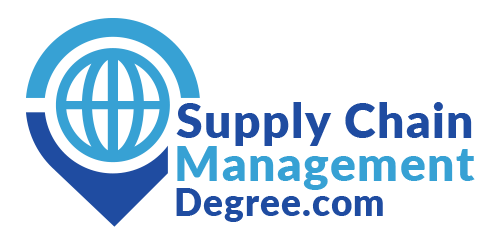Making the Right Choice for Your Supply Chain, Outsourcing vs. Insourcing
The decision to outsource or insource supply chain functions is a critical one that can significantly impact a company’s efficiency, cost structure, and overall competitiveness. Both approaches have distinct advantages and challenges, and the right choice depends on various factors unique to each business. In this blog, we will analyze the pros and cons of outsourcing and insourcing and provide a framework to help you make an informed decision.
Understanding Outsourcing and Insourcing
Outsourcing involves contracting out supply chain functions to third-party providers. These can include logistics, warehousing, procurement, and manufacturing. Insourcing, on the other hand, means keeping these functions in-house, managed directly by the company.
Pros and Cons of Outsourcing
Pros:
- Cost Savings: Outsourcing can reduce operational costs through economies of scale, as third-party providers often handle multiple clients and can spread costs across larger volumes.
- Focus on Core Competencies: By outsourcing non-core functions, companies can concentrate on their core business areas, such as product development and marketing.
- Flexibility and Scalability: Outsourcing offers flexibility to scale operations up or down based on demand without significant capital investment.
- Access to Expertise: Third-party providers often have specialized knowledge and technology that can enhance efficiency and service quality.
- Risk Mitigation: Sharing operational risks with a third party can reduce the impact of disruptions on your business.
Cons:
- Loss of Control: Outsourcing can lead to reduced control over supply chain operations and quality, depending on the reliability of the third-party provider.
- Dependency on Providers: Relying heavily on external partners can create dependency and potential vulnerability if the provider fails to meet expectations.
- Security and Confidentiality Risks: Sharing sensitive information with third parties can pose risks to data security and confidentiality.
- Potential for Misalignment: Differences in business culture, objectives, and priorities between the company and the provider can lead to conflicts and misalignment.
Pros and Cons of Insourcing
Pros:
- Full Control: Insourcing allows companies to maintain full control over their supply chain operations, quality, and processes.
- Customization: Companies can tailor supply chain functions to their specific needs and preferences without being constrained by third-party standards.
- Enhanced Security: Managing supply chain functions internally can improve data security and confidentiality.
- Closer Integration: Insourcing fosters better integration with other business functions, leading to more cohesive and efficient operations.
Cons:
- Higher Costs: Insourcing can be more expensive due to the need for significant capital investment in facilities, technology, and personnel.
- Resource Intensiveness: Managing supply chain functions in-house requires substantial time, effort, and expertise.
- Limited Flexibility: Scaling operations quickly in response to demand fluctuations can be challenging and costly.
- Focus Diversion: Insourcing can divert focus and resources away from core business activities, potentially affecting overall performance.
Framework for Making the Right Decision
To determine whether outsourcing or insourcing is the best choice for your supply chain, consider the following framework:
- Assess Core Competencies:
- Identify which supply chain functions are core to your business and which are non-core. Outsource non-core functions to focus on your strengths.
- Evaluate Costs:
- Conduct a cost-benefit analysis to compare the expenses associated with outsourcing versus insourcing, considering both short-term and long-term implications.
- Consider Control and Quality:
- Determine the level of control and quality assurance required for each supply chain function. Insourcing may be preferable for functions where control and quality are paramount.
- Analyze Scalability and Flexibility:
- Assess your need for scalability and flexibility. If rapid scaling is essential, outsourcing might offer the agility needed to respond to market changes.
- Examine Risk and Security:
- Evaluate the risks associated with each option, including data security, confidentiality, and dependency on external providers. Choose the option that aligns with your risk tolerance.
- Review Technological Capabilities:
- Consider the technological capabilities required for efficient supply chain management. Outsourcing to providers with advanced technology may enhance operational efficiency.
- Align with Strategic Goals:
- Ensure that your decision aligns with your company’s overall strategic goals and long-term vision. The chosen approach should support your business objectives.
The choice between outsourcing and insourcing supply chain functions is not a one-size-fits-all decision. It requires careful consideration of various factors, including cost, control, scalability, and alignment with strategic goals. By using the framework outlined above, you can make an informed decision that optimizes your supply chain operations and contributes to your company’s success. Whether you choose to outsource or insource, the key is to continually assess and adapt your strategy to meet the evolving needs of your business and market conditions.



